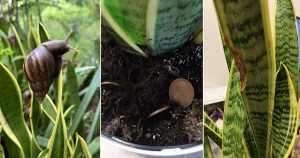How to give your easy-care plants the best chance to grow? Check out the ideal time to fertilize succulents for faster growth and rooting.

Succulents aren’t big eaters. Even indoors, they can get by without extra food. But if you want faster growth or quicker rooting for cuttings, a little boost goes a long way.
Best Time to Fertilize Succulents for Faster Growth and Rooting
1. Fertilize in the Active Growing Season
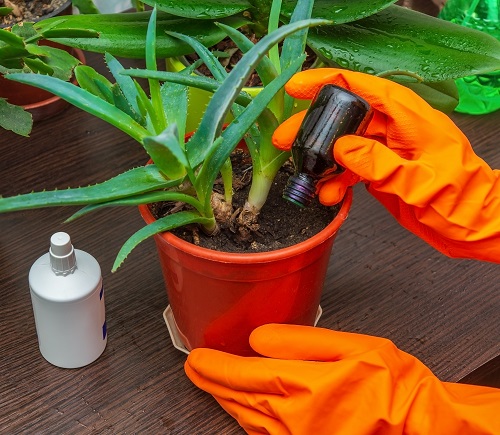
If you have been tending to succulents even for a little while, you know that their active growing season usually lies between spring and summer. Thus, you must target exactly these times to fertilize your plant, whether you want lush growth or are looking to boost your chances of propagation success.
Also, remember that indoor succulents can sometimes grow year-round if they get enough light and warmth, so you can feed them lightly every couple of months even outside the typical season.
2. Keep the Temperature in Mind
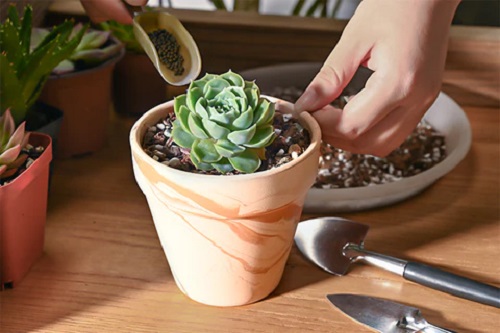
Now, fertilizer works best when daytime temperatures stay above 60°F (15°C). But some succulents buck the trend—they nap through summer and grow in fall. For these, feed in autumn, ideally before a rainstorm if you live in a wet climate.
Not sure if yours is awake or snoozing? Fresh leaves, offsets, and quicker water uptake are all green lights for feeding.
3. Potted vs Succulents in the Ground
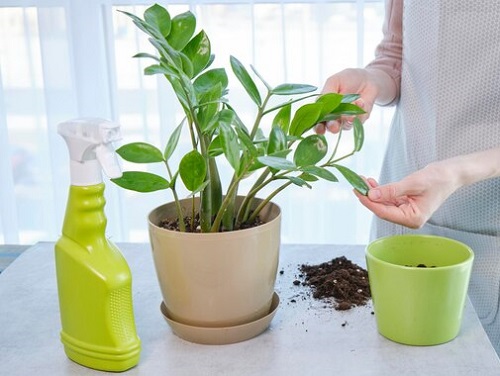
But just don’t follow the first two points either! For example potted succulents thrive on diluted organic feeds like manure tea, fish emulsion, or an all-purpose granulated fertilizer. Always dilute before use—think of it as watering down juice for a child.
In-ground succulents often don’t need feeding at all. But a balanced granular fertilizer in spring or autumn can give them a push for next season.
If your plant grows in a fast-draining gritty mix, nutrients wash away quicker. In that case, feed more often, but keep it weak.
Mistakes to Avoid While Fertilizing Succulents
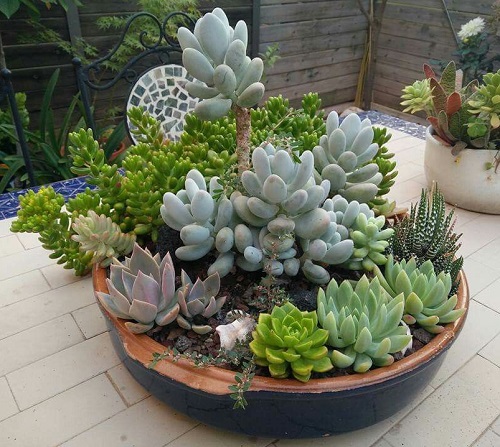
- Water your plant well before fertilizing. This spreads nutrients evenly and prevents root burn.
- Never sprinkle store-bought fertilizer directly onto the plant. Follow instructions and dilute to half or quarter strength.
- If you are worried about overdoing it, then you must use quarter-strength fertilizer twice a month during the growing season—it’s enough for most succulents.
- For garden succulents, test the soil first. Feed only what’s missing to avoid nutrient shock.
- Skip slow-release fertilizers for small potted succulents unless you know their needs—they can cause stretchy, weak growth.
- Never fertilize during dormancy. It leads to nutrient build-up and potential root damage.
- Newly planted succulents need time to settle—wait six months before feeding. If you want them to stay small and compact, like in terrariums, you can skip fertilizer altogether.
- Healthy roots soak up nutrients better. If your plant is rootbound or in compacted soil, repot before feeding for the best results.
Fertilizing succulents isn’t about pouring on the food—it’s all about timing, balance, and knowing your plant’s growth cycle. Have you found a fertilizing trick that works wonders for your succulents? Share your tips and experiences in the comments.

